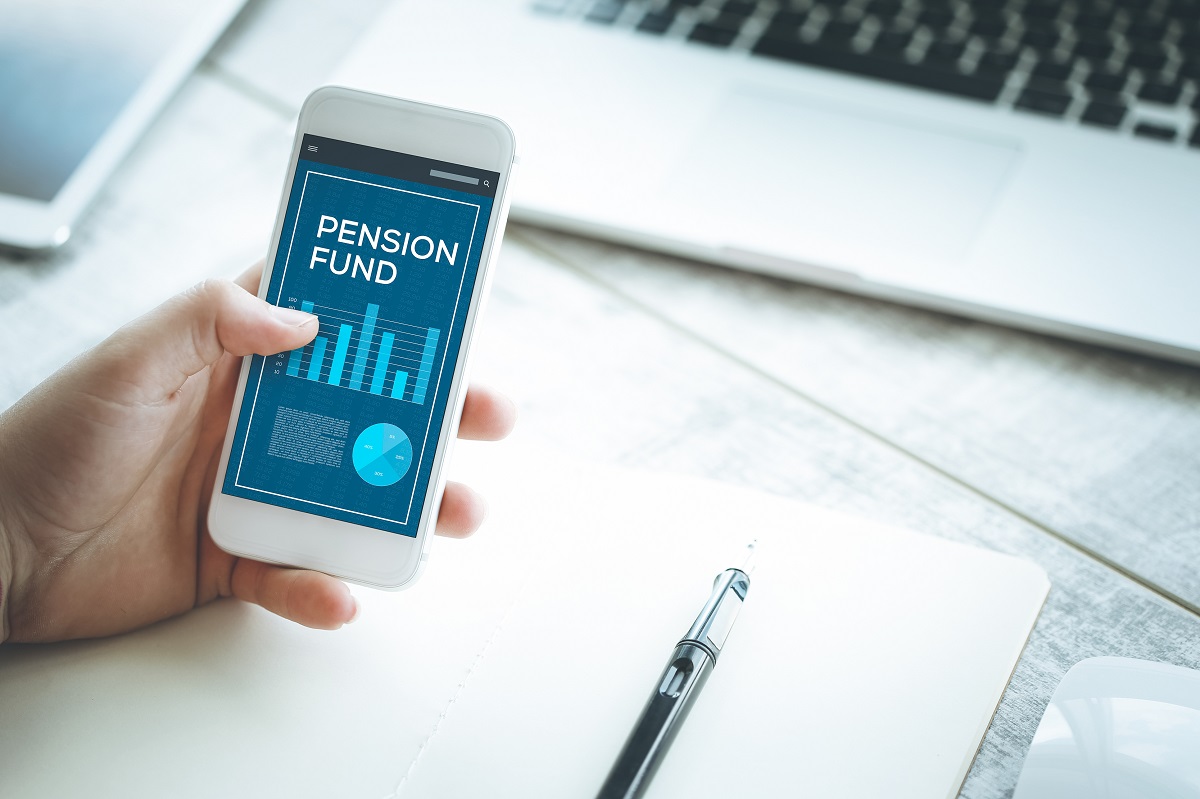Since automatic enrolment was introduced in 2012, the number of people enrolled in a workplace pension scheme has risen to more than 9 million.1 However, for the self-employed, government inaction is having the opposite effect, leaving them without automatic workplace pensions help until at least 2022.2
The unpredictability of self-employment can create extra reservations about putting money into a pension as, until you reach 55 years old, you can’t then get it back if finances become strained. You also must organise everything yourself, without the financial incentives offered by many employers.
Official figures, published by HMRC last September, show the number of self-employed workers contributing to a personal pension fell from 950,000 to 350,000 between 2006/7 and 2015/16.3 Prudential estimates that 46% of the self-employed lack a private pension.4
While the government may feel it can afford to postpone an automatic pension scheme for the self-employed,4 those working for themselves are unlikely to be able to afford to miss out on the next four years of pension contributions – especially as most self-employed are already saving too little for retirement.
The government recognises the severity of the issue, as Guy Opperman, the pensions minister, made clear at the Conservative Party Conference last year. “There is no doubt that the most important thing is extending auto-enrolment to the self-employed,” said Opperman. “[But] there is no simple solution.”
Despite the lack of an automatic scheme, the self-employed still benefit from the allowances included in a personal pension. For example, subject to limitations, tax relief is available on contributions, usually up to £40,000 per year or 100% of your earnings, whichever is lower.5 For every 80p you contribute to a pension, the government automatically adds 20p in tax relief. Higher earners can claim extra tax relief through their annual tax return, meaning that, in certain circumstances, a £1 pension contribution could effectively cost just 60p, if an additional rate taxpayer is able to make the most of the reliefs available.
If your business is incorporated as a limited company, you can make pension contributions straight from your company as an employer contribution. This counts as an allowable business expense, making it eligible for corporation tax relief and so the company could save up to 20% in corporation tax. Moreover, employers are exempt from National Insurance Contributions on pension contributions.
There are several HMRC rules covering such usages that complicate the picture for those seeking to use employer allowances. It is not always easy to know which pension to choose and worth taking advice from an expert to ensure you are making use of your allowances, without falling foul of any of the rules.
The greatest danger, however, is delay. Pension contributions have the greatest effect the earlier they are made. The government may be happy to delay, but small business owners should be aware of the cost of inertia.
The value of an investment with St. James’s Place will be directly linked to the performance of funds you select and the value can therefore go down as well as up. You may get back less than you invested.
The levels and bases of taxtion, and reliefs from taxation, can change at any time. The value of any tax reliefs depends on individual circumstances.
1 https://www.gov.uk/government/news/government-publishes-ambitious-plans-to-give-millions-a-more-financially-secure-retirement
2 https://www.ftadviser.com/auto-enrolment/2017/12/18/government-kicks-self-employed-pensions-into-long-grass
3 https://www.gov.uk/government/uploads/system/uploads/attachment_data/ file/647545/September_2017_Pensions_publication.pdf
4 A number of proposals have been floated, among them: an auto-enrolment scheme (potentially triggered by the self-assessment tax return); a transition scheme whereby the newly self-employed continue to contribute to their old workplace pension; encouraging the use of alternative long-term savings products such as the Lifetime ISA.
5 https://www.gov.uk/tax-on-your-private-pension/annual-allowance




